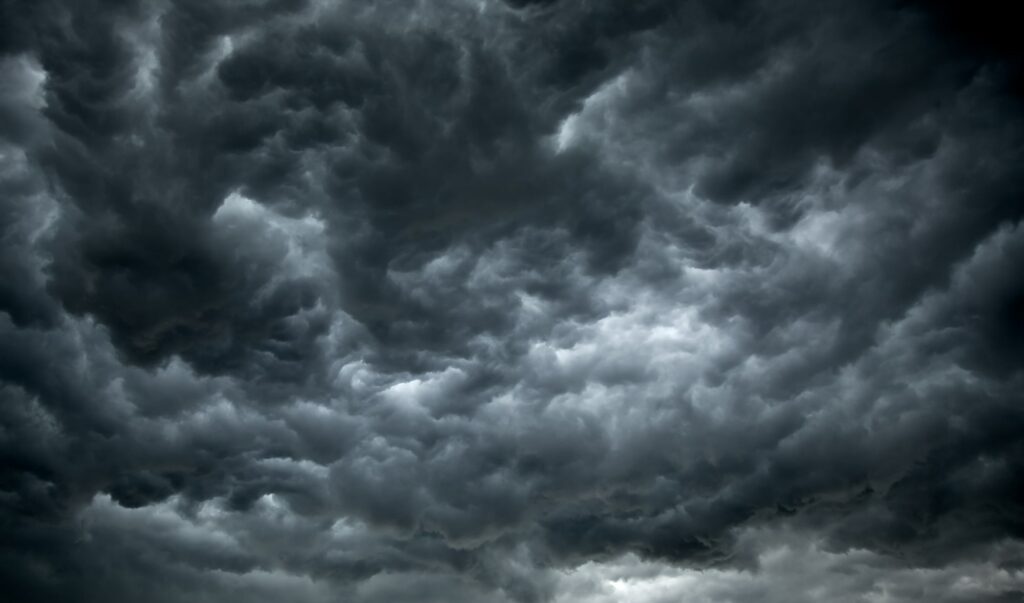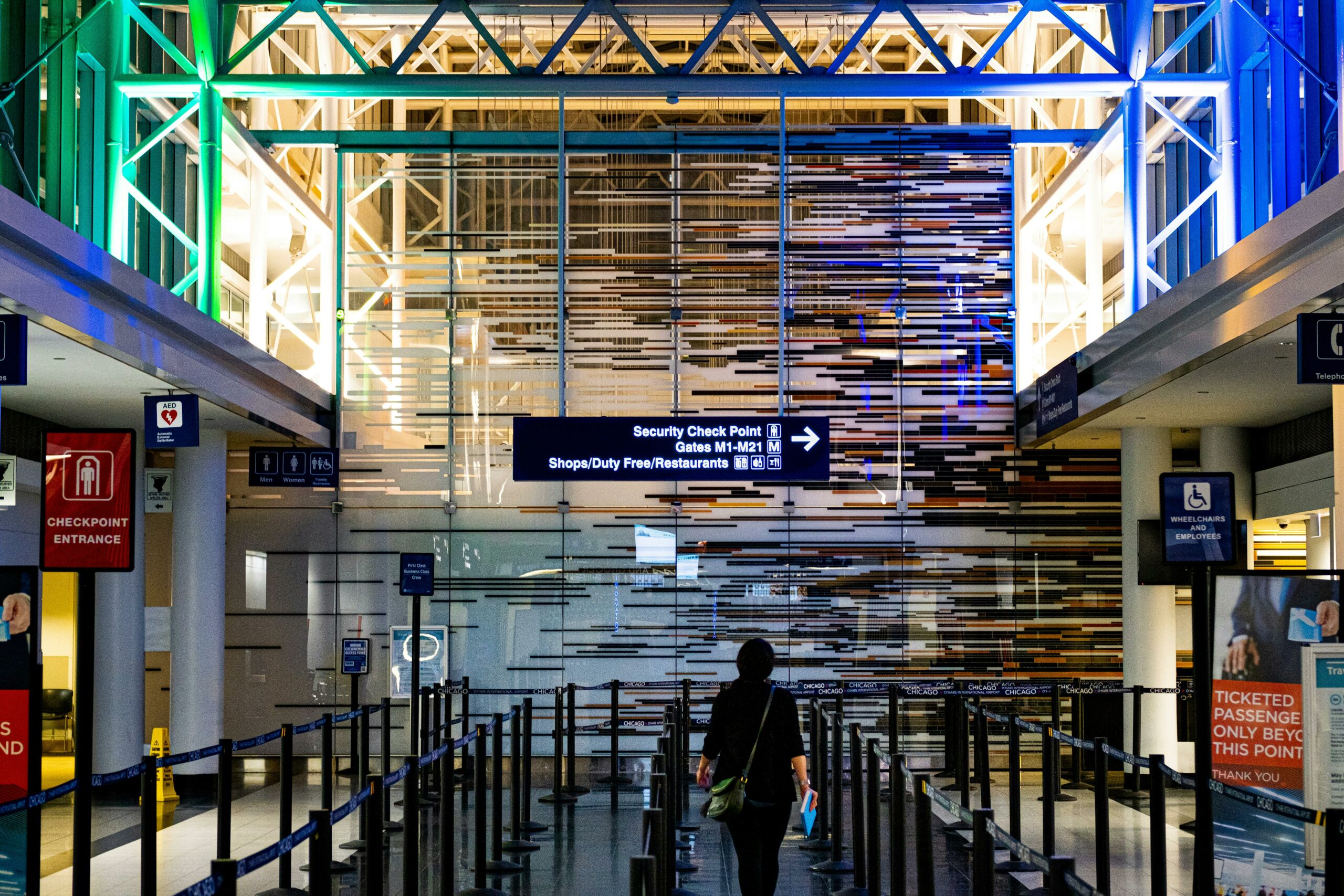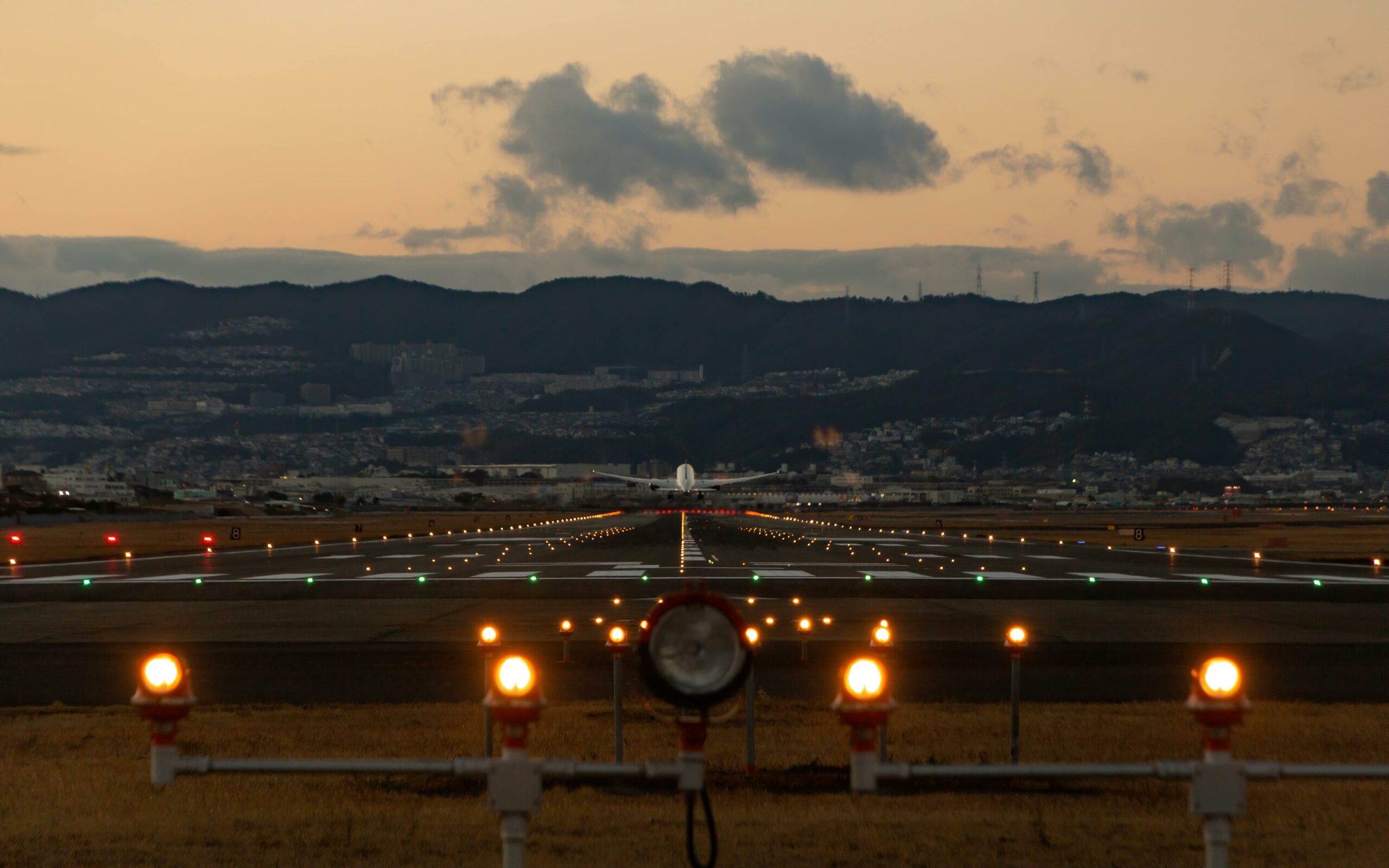Do Clouds Cause Turbulence? Exploring Weather Impact on Flight Comfort

Turbulence is a common concern for travelers, especially frequent flyers with a fear of flying. Understanding the factors that cause turbulence, such as clouds, can help alleviate some of these concerns. Clouds and weather systems play a significant role in creating turbulence during a flight, and it can be helpful to know how these mechanisms interact.
To help mitigate these concerns and assuage fears, there are tools like our turbulence forecast tracker that provide up-to-date information on expected turbulence, allowing passengers to be better prepared for any potential rough patches during their flight. Staying informed and aware can help reduce anxiety and allow for a smoother travel experience.
What is Turbulence?
Turbulence is a phenomenon experienced by aircraft when flying through the atmosphere, and can cause the airplane to experience sudden, bumpy, or shaky movements. As a frequent flyer with a fear of flying, it’s essential to understand the factors that cause turbulence in order to promote a better flight experience.
In aviation, turbulence occurs due to the changes in air pressure, air currents, or temperature, which are collectively termed as unstable air. Turbulence can be categorized into three types: clear air turbulence (CAT), thermal turbulence, and mechanical turbulence. Clear air turbulence is often caused by jets flying at high altitudes, while thermal turbulence is a result of rising and sinking air at different temperatures. Mechanical turbulence, on the other hand, is caused by airflow disturbances near the ground or over mountain ranges due to variations in altitude and wind patterns.
While turbulence can be uncomfortable, it’s important to remember that airplanes are designed to withstand extreme turbulence. Pilots are well-trained to navigate through turbulent conditions and take necessary precautions, such as adjusting the altitude or changing the route to avoid severe turbulence. Throughout the flight, your pilot will be continuously monitoring the aviation weather conditions and will take appropriate actions to ensure your safety.
Do Clouds Cause Turbulence?
Turbulence can be caused by various factors, including clouds. Some types of clouds, like cumulus clouds, are more likely to cause turbulence than other cloud formations. Cumulus clouds typically form due to convective processes in the atmosphere, where warm air rises and creates updrafts. These updrafts can lead to the formation of clouds, and eventually, to thunderstorms.
When flying through clouds, you may experience turbulence caused by the presence of wind shear within the cloud. Wind shear is a sudden change in wind direction or speed over a short distance, which can create a turbulent air mass. This turbulence within clouds can cause the aircraft to experience sudden movements along its flight path, like updrafts or downdrafts.
In addition to cumulus clouds and thunderstorms, other factors can contribute to turbulence, such as irregularities in the Earth’s surface or variations in air pressure. The cloud base, where the bottom of the clouds meet the atmosphere, can also be a source of turbulence due to variations in air temperature and humidity.
What Clouds Cause the Most Turbulence?
The answer is that cumulonimbus clouds tend to cause the most severe turbulence. These clouds are massive, towering formations that can reach the highest altitudes where flights typically occur. Known for producing intense updrafts and downdrafts, they are responsible for thunderstorms, heavy rain, and hail.
Cumulus clouds can also lead to turbulent conditions, although they typically result in a moderate level of turbulence. These clouds often form in unstable atmospheric conditions where warm air rises and cools. The rising and sinking air currents associated with cumulus clouds can create sudden changes in wind speed and direction, contributing to the sensation of a bumpy flight.
High clouds like cirrus, cirrostratus, and cirrocumulus usually cause less turbulence, as they are composed of ice crystals and form at greater altitudes where the atmosphere is more stable. However, they may still lead to some turbulence depending on the weather conditions.
Lenticular clouds, which have a distinctive lens-like shape, can also create turbulence, particularly for smaller aircraft. These clouds form due to strong, localized wind flow over terrain features like mountains, resulting in fluctuating air currents that make flying conditions unpredictable.
The Science Behind Turbulence and Clouds
Clouds play a significant role in creating turbulence, as they are formed when air rises and cools, causing water vapor to condense. There are a few main types of turbulence associated with clouds: thermal, mechanical, and wind shear.
Thermal turbulence occurs when warm air rises and encounters cooler, stable air. In this situation, you can imagine clouds forming as a result of the temperature differences between the two air masses. As the warm air pushes through the cool air, it leads to unstable conditions which can produce turbulence.
Mechanical turbulence is associated with changes in wind speed and direction near the Earth’s surface, often caused by varying topography or the presence of tall obstacles. As the surrounding air flows around these obstructions, it can create eddies and swirling patterns which lead to turbulence. In some cases, this type of turbulence can be experienced in the vicinity of storm clouds, where strong winds and rapidly changing conditions create an unstable environment for flying.
Wind shear turbulence is created when there is a significant change in wind speed or direction over a short distance, often due to nearby weather systems. This type of turbulence is more common in the presence of storm clouds, where the powerful updrafts and downdrafts generated by the storm system can lead to rapid changes in wind conditions, resulting in extreme turbulence.
Turbulence and Flight Safety
Turbulence, which you might experience as sudden jolts and shaking during a flight, can be caused by various factors, including clouds. When an airplane passes through clouds, it encounters water droplets that can result in turbulence. However, air traffic control and pilots are well aware of such flying conditions and take necessary precautions to ensure the safety of aircraft and passengers.
Water droplets in clouds can cause turbulence when flying, especially when an airplane navigates through severe wind shear or flies within 20 miles from severe thunderstorms. To promote safety during flights, air traffic controllers constantly monitor and manage air traffic, providing guidance to pilots on how to avoid or minimize turbulence.
Even though clouds can cause turbulence, it is important to remember that pilots are trained to deal with such situations, and airplanes are built to withstand turbulence. During flights, the captain will generally adjust the altitude or flight path to avoid turbulence and prioritize passenger comfort.
Overcoming the Fear of Turbulence
Understanding the causes and types of turbulence can help ease your fear of flying. Turbulence is a natural phenomenon caused by various factors, including clouds. When an airplane flies through different types of clouds, it may encounter varying degrees of turbulent air. However, not all clouds cause turbulence, and pilots are well-trained to navigate their way through them.
Thermal turbulence often occurs alongside cumulus clouds, which are common on warm summer days. These clouds can lead to considerable turbulence due to the rising and sinking air parcels associated with their formation process. While flying through cumulus clouds, your airplane may experience unpredictable air swirls, as the air inside a cloud behaves differently than the surrounding external air.
Inside the cloud, tiny water droplets and changing atmospheric conditions can result in turbulent air as they come into contact with cooler air outside the cloud. Heavy rain within these clouds can also cause turbulence, which might make flying through them extremely dangerous. To avoid such situations, pilots usually steer clear of these clouds during the flight. Commercial airlines tend to fly above much of the clouds to ensure a smooth ride with little to no turbulence.
Clear air turbulence, which is relatively free of clouds, may still cause your airplane to shake. However, aviation professionals have tools such as the turbulence forecast tool to predict and avoid these turbulent areas. Relying on expert pilots and accurate tools can help you feel more confident in your airplane’s ability to conquer turbulence during your flight.
Learning about cloud formations and the potential for turbulence within different cloud types is helpful in overcoming your fear. Remember that pilots are thoroughly trained to handle turbulence and they take every precaution to make sure your flight is as smooth as possible. By staying informed and trusting in the expertise of your pilot, you can overcome your fear of turbulence and enjoy your journey through the clouds.

